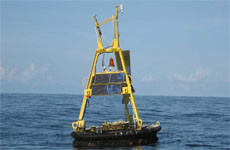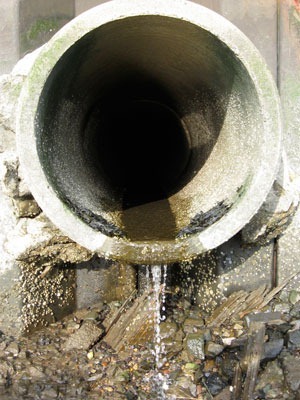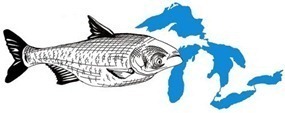Michigan health officials warn St. Clair Shores residents of PCBs in fish samples
0
Lake St. Clair
Elevated levels of PCBs have turned up in carp and catfish caught from the Lange-Revere canals in St. Clair Shores, Mich. The Michigan Department of Community Health advised residents not to eat fish from the canals or Lake St. Clair, and it’s joined the Environmental Protection Agency in a public information campaign.
Carp caught in the canals had an average PCB concentration of 88 parts per million, compared to samples with 0.7 parts per million in other areas of the lake.
State officials also expect to find elevated levels in black crappie once test results return, said MDCH toxicologist Kory Groetsch. Testing of the Lake St. Clair area is expanding south to Belle Isle, near Detroit, and north to Mt. Clemens, according to Joseph Bohr, an aquatic biologist with the Michigan Department of Environmental Quality.
PCBs, or polychlorinated biphenyls, are synthetic chemicals that were produced for industrial use, such as in plastic, paint, and oil, beginning in 1929. They were banned in 1979, but they continue to linger in the sediment of many waterways. There is clear evidence PCBs cause cancer in animals, according to an EPA reassessment of PCB carcinogenicity. They can also have adverse effects on the immune, reproductive, and nervous systems.
The MDCH published a brochure titled “Eat Safe Fish” and distributed it to the St. Clair Shores area community. It warns residents against eating any fish caught in Lange and Revere Canals. It also includes information on healthy species of fish to eat as well how to clean and cook fish properly.
This is not the first time PCBs have been found in Lake St. Clair. They were first discovered to be plaguing the Lange-Revere canals in 2002. The chemicals came from the Ten-Mile Drain, a storm sewer system that empties into the canals. The EPA’s Removal Response staff has worked extensively with the Michigan Department of Natural Resources and other organizations to clean the area.
Last year, weirs were installed in the sewer lines to remove contaminating sediment from flowing water, but the original source of the contamination has not been found. The EPA added the Ten-Mile Drain site to the Superfund National Priorities List last September.
Since then, absorbent snares were placed at several weir sites to soak up oil at locations with PCB contamination. According to the Ten-Mile Drain EPA website, the EPA is developing a weir maintenance plan that is expected to be presented to residents in the Ten-Mile Drain area for comment this summer.
Authorities to Meet with Residents About Lange-Revere Canal PCB [Dredging Today] EPA adds Ten-Mile Drain site to Superfund’s National Priorities List [Environmental Protection Agency] St. Clair Shores Residents Receive PCB Update [St. Clair Shores Patch] PCBs: Cancer Dose-Response Assessment and Application to Environmental Mixtures (PDF) [Environmental Protection Agency] Region 5 Cleanup Sites: Ten-Mile Drain Site [Environmental Protection Agency] Eat Safe Fish (PDF) [Michigan Department of Community Health]
Image Credit: http://www.flickr.com/photos/whoisstan/1656465319/













